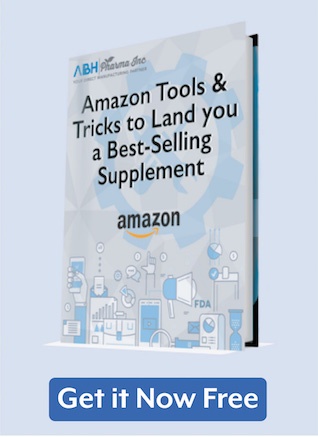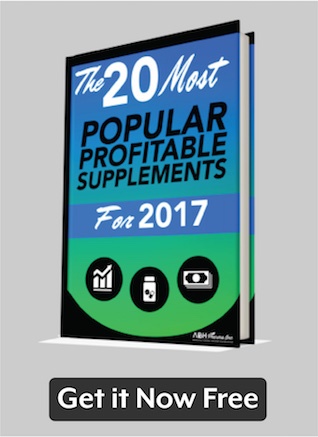EPA and DHA are two compounds found in fish oil supplements, but they are not the same. In fact, these two omega-3 fatty acids are quite different, and consumers may need one or both of these compounds for various reasons. As a supplement brand, you need to understand the similarities and differences between these two substances, as well as the best uses of each one. Below is some basic information about each of these ingredients so you can create better supplement for your customers.
About DHA
DHA is a compound that all children require for proper growth and development. The retina, brain and central nervous system all rely heavily on this compound while the baby is in the womb. Thus, this compound is essential for pregnant women in order to ensure the proper development of the baby. Requirements for DHA in the mother's diet remain high while the baby is breastfeeding, and children should continue getting a good supply of DHA until they reach the age of five.
DHA offers certain benefits for adults as well. DHA increases membrane fluidity, which is critical for the eye's retina, as well as synaptic vesicles. It enhances the transmission of signals from membrane surfaces to nerve cells' interior. In addition, DHA breaks up lipid rafts in cell membranes, which makes it harder for cancer cells to survive and multiply. Furthermore, DHA enlarges LDL particles, reducing the chances of atherosclerotic lesions. DHA has also been shown to have quote the beneficial effect on the canine body and the interest in fish oil supplements for dogs is on the rise!
About EPA
EPA is the most important omega-3 fatty acid for reducing cellular inflammation. It works by inhibiting the enzyme that produces arachidonic acid, which is responsible for mediating cellular inflammation. With less arachidonic acid, the body will product lower amounts of pro-inflammatory eicosanoids. EPA also competes with arachidonic acid for the enzyme phospholipase A2, which must be present to release arachidonic acid. By this mechanism, EPA is able to lower the concentration of arachidonic acid in the body even more.
EPA is in constant demand in the body after the age of five. Low levels of EPA in adults and older children have been linked to many different problems, including Parkinson's disease, multiple sclerosis, bone and joint conditions, heart problems, dyslexia and depression. Studies have also shown that maintaining high levels of EPA may reduce the risk of cognitive decline with age.
EPA vs DHA: Similarities and Differences
When comparing EPA vs DHA, you will notice some similarities. For example, both of these compounds activate PPAR-gamma, which is an anti-inflammatory gene transcription factor. This enhances synthesis of enzymes that oxidize fats in lipoprotein particles, which reduces triglyceride levels. In addition, both EPA and DHA are equally effective at producing resolvins, which are powerful anti-inflammatory substances.
EPA and DHA also differ from one another. While DHA is more beneficial for young children, EPA is more important for people over the age of five. EPA inhibits arachidonic acid effectively, while DHA does not. However, studies have also shown that DHA may be more effective at reducing inflammation and modulating blood lipids.

Because EPA and DHA do different things, consumers need both of these substances. However, some consumers may need more of one substance than the other. For example, consumers under the age of five will get more benefit from DHA, while older consumers may get more benefit from EPA.
Why Supplement Brands Need A Fish Oil Product
As a supplement brand, you may wonder whether you should add EPA or DHA to the fish oil supplements you create. In reality, both of these ingredients can be beneficial. Depending on the characteristics of your target consumer, you may decide to include only one of these ingredients or both of them. Different types of consumers may also require each of these ingredients in differing amounts.
Deciding which of these ingredients to include in your supplements can be challenging. In addition, regardless of which substances you decide to include, making sure that the ingredients you include are of good quality is essential. One of the easiest and most effective ways to provide quality supplements to your customers with EPA or DHA is to work with an experienced, reputable supplement manufacturer like ABH Pharma .
At ABH Pharma , we understand the differences between these two compounds thoroughly. We can help you decide which of these ingredients is most appropriate for your products, and we can help you design high-quality supplements that meet all of your consumers' needs! Reach out to one of our knowledgable sales reps today at 1-800-922-4669 or visit ABHPharma.com today!
Sources:








